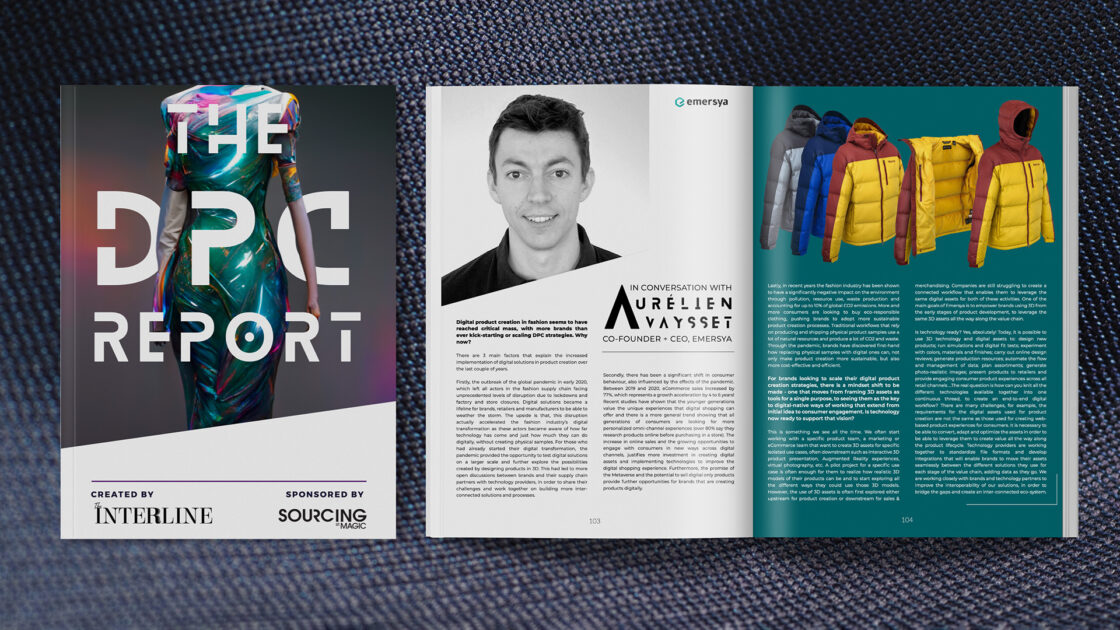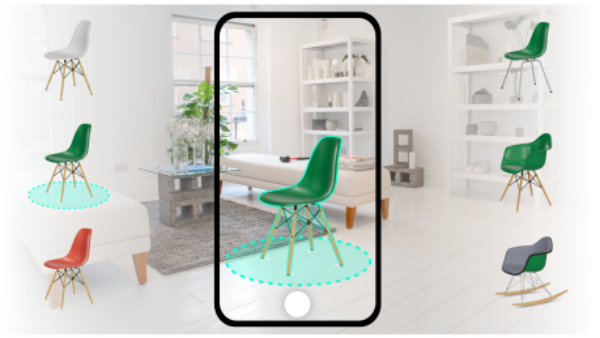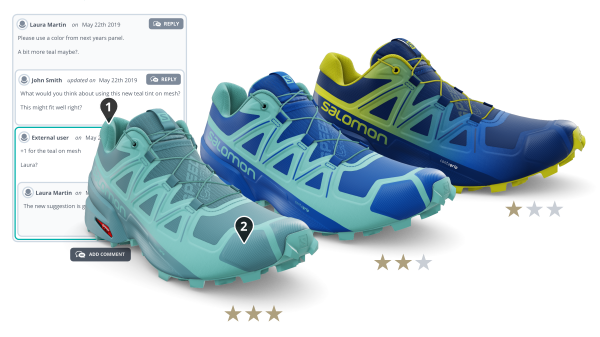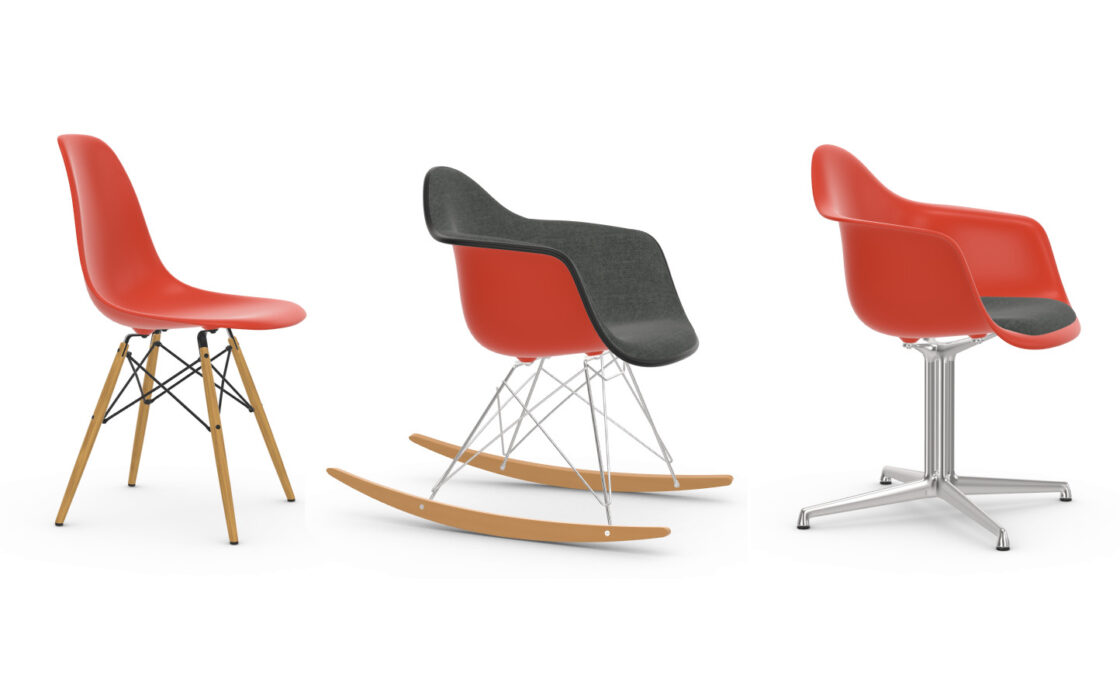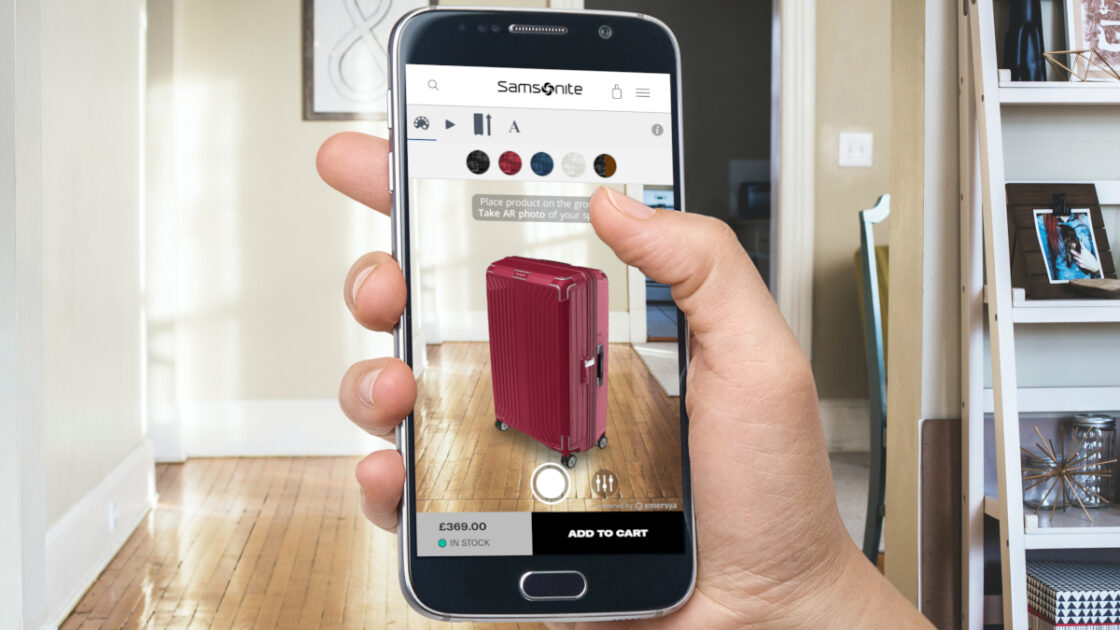Switching to virtual photography with 3D technology
Lower costs while increasing flexibility, efficiency and scalability
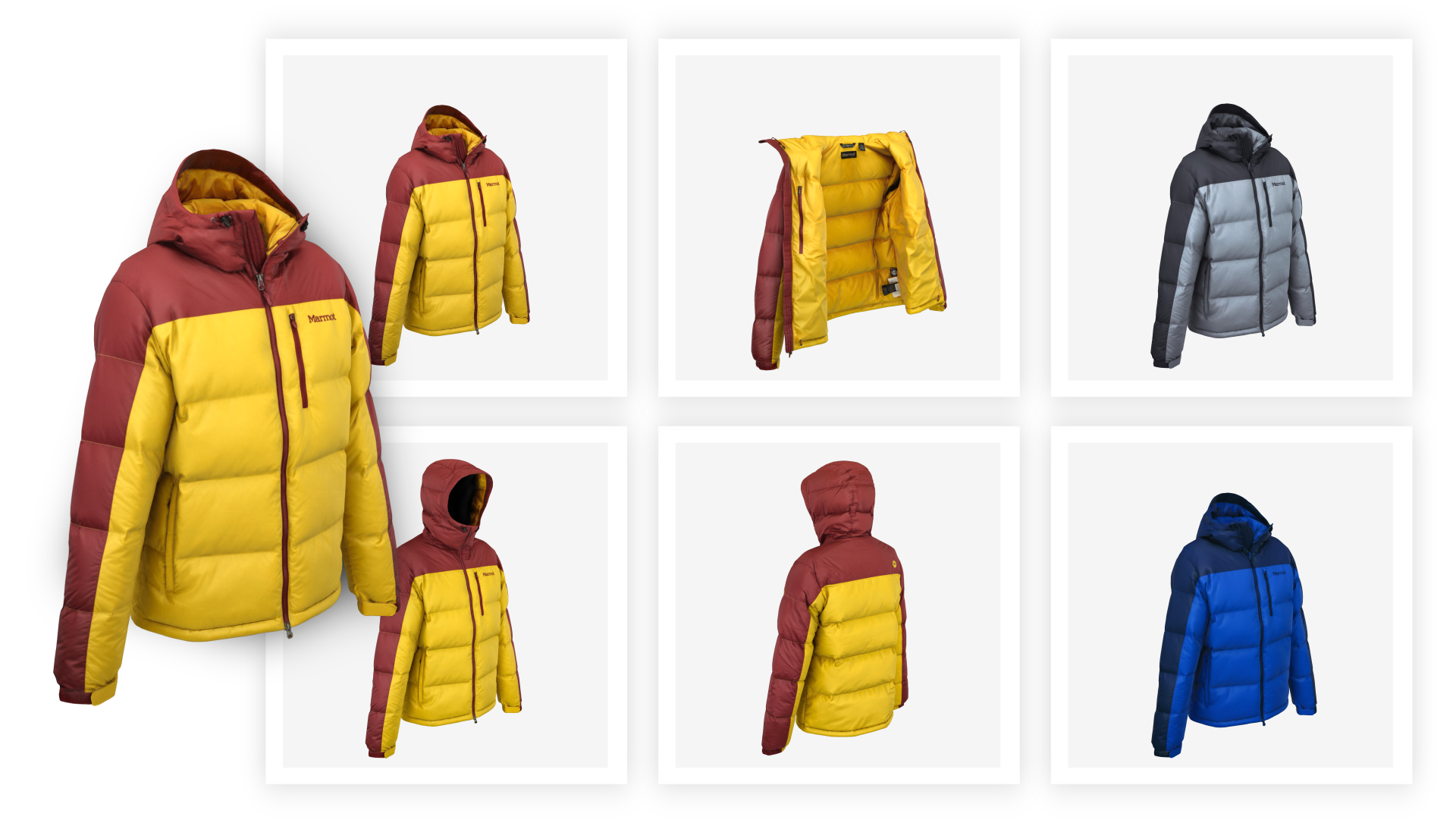
The global pandemic has had a major impact on the retail industry. With nationwide lock-downs and social distancing forcing most brick-and-mortar stores to close for months-on-end, brands, retailers & consumers all turned to eCommerce for the solution!
While eCommerce did save the day in many respects (over 2 billion people made online purchases in 2020 which generated over $4.2 trillion in worldwide e-sales[1]), many brands and retailers faced the challenge of rapidly improving the consumer experience on their online channels.
Making large product collections available for sale online requires the creation of a lot of product images, videos and other product marketing content. On average, online shoppers now expect to see 5-8 images and 3 videos per product where, back in 2016, consumers would be satisfied with 3 images and no video[2]. This means that for one product with 5 different colorways, a brand would need to create around 30 images!
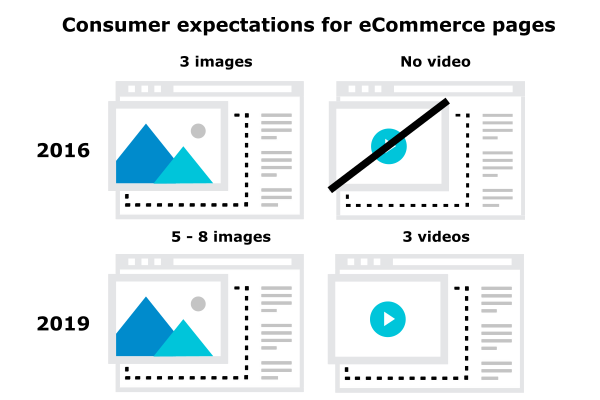
Brands using retailers and distributors are also faced with challenge of providing images that meet each retailer’s specifications. Each retailer will often request product images taken from a specific set of angles in order to ensure their product pages remain uniform.
Creating high quality product imagery at scale presents a number of challenges
With physical photography, everything has to be pretty much perfect on the day. There is a set time slot for the photo shoot, with a set number of products and the background, scenery, lighting and product positioning can only be set up in a limited number of ways. Even in post-production, there is a limit to what can be realistically altered or generated using photo editing software.
Creating more product images by using traditional photography methods is both very expensive and very time consuming due to the amount of planning and post-production editing required.
Add to this the context of the global pandemic where all in-person meetings are restricted and there are serious supply chain breakdowns and delays that mean the new range of products may not even be physically available to photograph!
This has led many brands and retailers to invest in 3D technology and virtual product photography to create photo-realistic, computer generated images (CGI) for their products.
The advantages of virtual photography
Virtual photography replaces all the elements of a physical photo shoot with digital alternatives. The background, scenery and lighting are created digitally using 3D technology.
The physical products are replaced with digital twins: 3D models of the products with a high level of aesthetic fidelity.
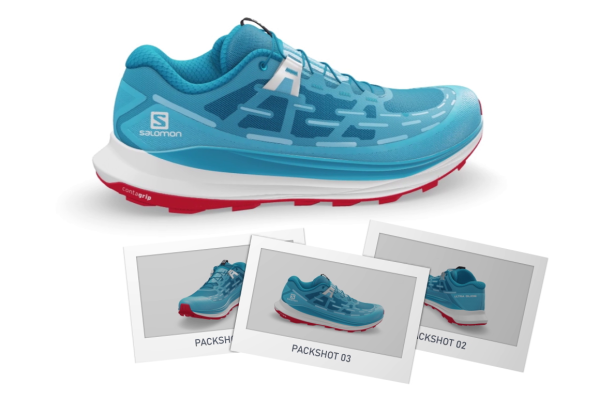
This enables brands to generate photo-realistic product images at a lower cost and with a transformative amount of flexibility, efficiency and scalability.
Flexibility
To start, product teams are not tied to one photo session, they can generate renders on demand. Secondly, everything is adjustable in real-time. That means that the product, its colors, materials and positioning, as well as the lighting, background and scenery can all be adjusted on the fly.
Finally, it is no longer necessary to wait for the final product sample to be manufactured and delivered before starting to create images. This gives the product team the ability to prepare the visual assets well ahead of production, thus accelerating time to market.
Efficiency
Rather than photo-graphing individual products for each colorway in a collection, or manually editing the colors post-production, 3D technology makes it possible to use the same 3D model to generate visuals for all available colorways.
It is also possible to automate the generation of visuals from a number of different angles or viewpoints, without any manual intervention required. The automation of this process is a complete game changer for brands with a large number of product variants, or configurable products.
Scalability
Replacing traditional processes with digital ones opens the door to automation on a whole new scale! Imagine a solution that allows you to generate images for an unlimited number of products, with an unlimited number of colorways and configurations, from an unlimited number of viewpoints, all at the click of a button!
Other benefits of switching to virtual product imagery:
Once you have created digital twins of your products for your virtual product photography, you have everything you need to be able to start offering immersive omni-channel shopping experiences product experiences such as Interactive 3D product story-telling, Augmented Reality and online product customizers and configurators.
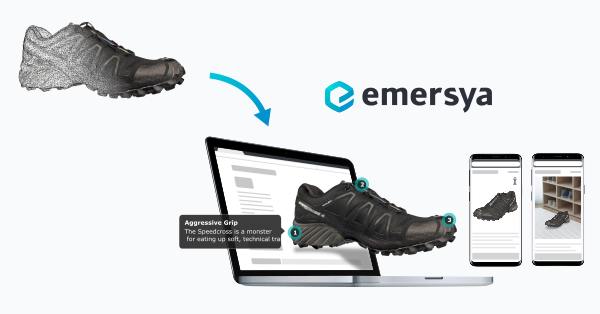
Generate photo-realistic product images online, at scale!
Emersya develops an online platform for creating Interactive 3D and AR product experiences.
The platform empowers brands to automate the generation of infinite numbers of photo-realistic product images based on the 3D models of their products.
Emersya provides an easy, automatable process for setting up your products collections in 3D.
You can create any number of different backgrounds, sceneries, and lighting set ups for your different collections. It is even possible to create sets of viewpoints that you would like to generate visuals for.
Using Emersya web services, you can automate the generation of virtual product photos for your selected products colorways (and configurations), from your selected set of viewpoints, using your chosen background, scenery and lighting.
The Emersya team’s most recent innovation in this space uses artificial intelligence to apply a product onto photos of real people. This solution empowers brands to provide their customers with true-to-life previews of their products on a wider range of models, in different poses and with different body types and clothing styles. Customers can even upload a photo of themselves to a brand’s website to to visualize themselves wearing different items of clothing.

